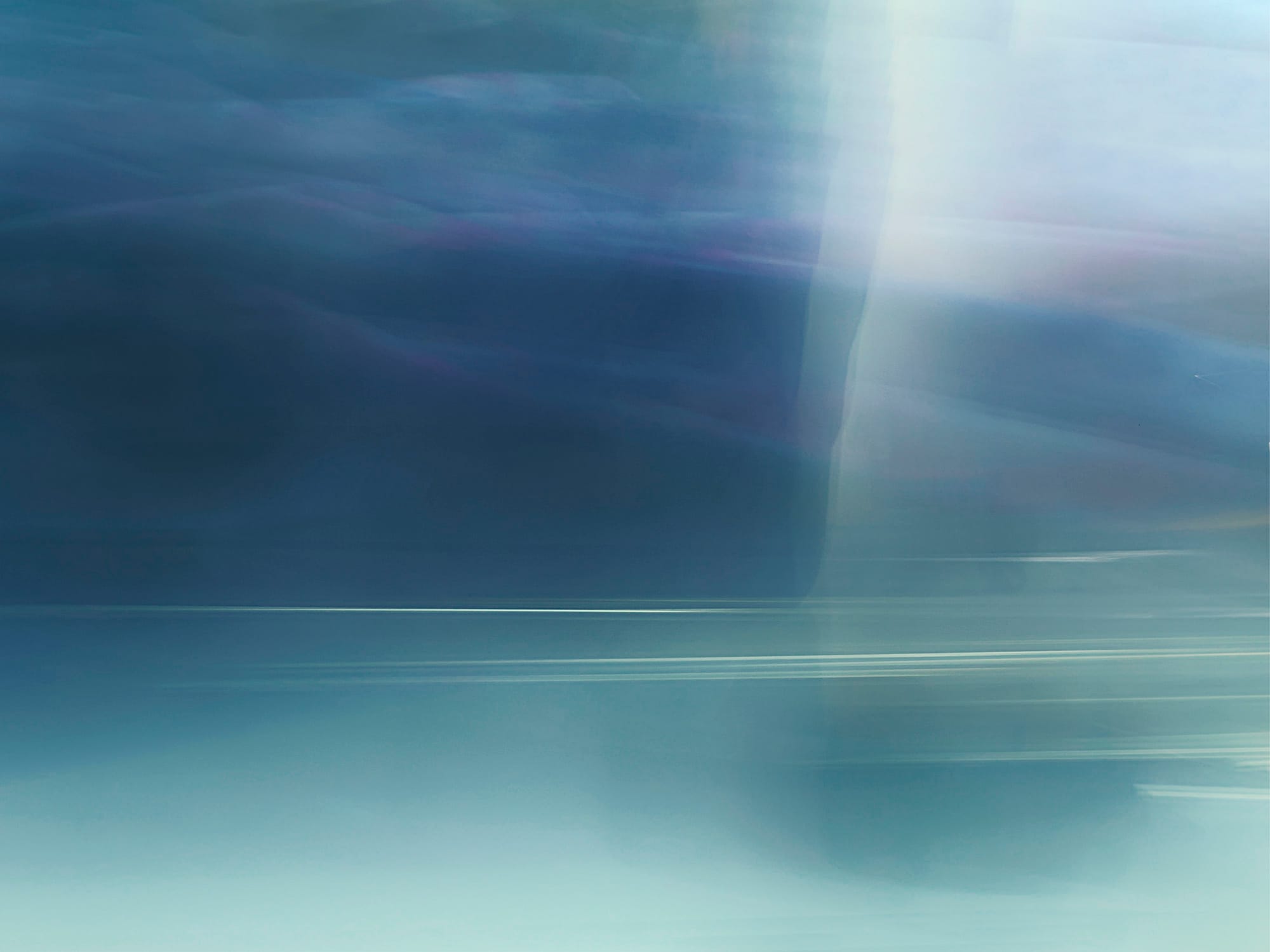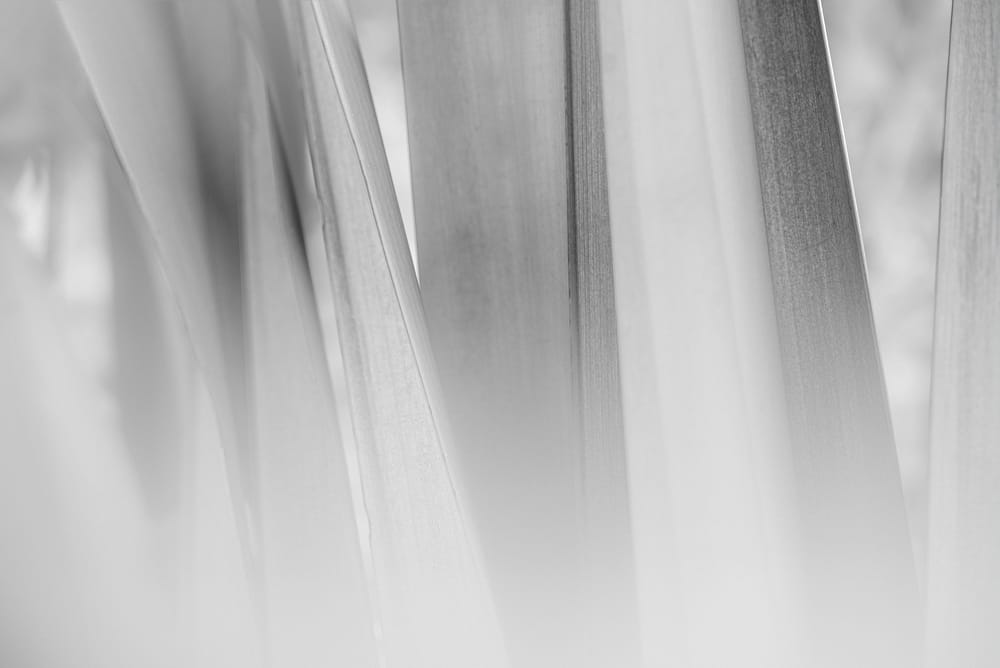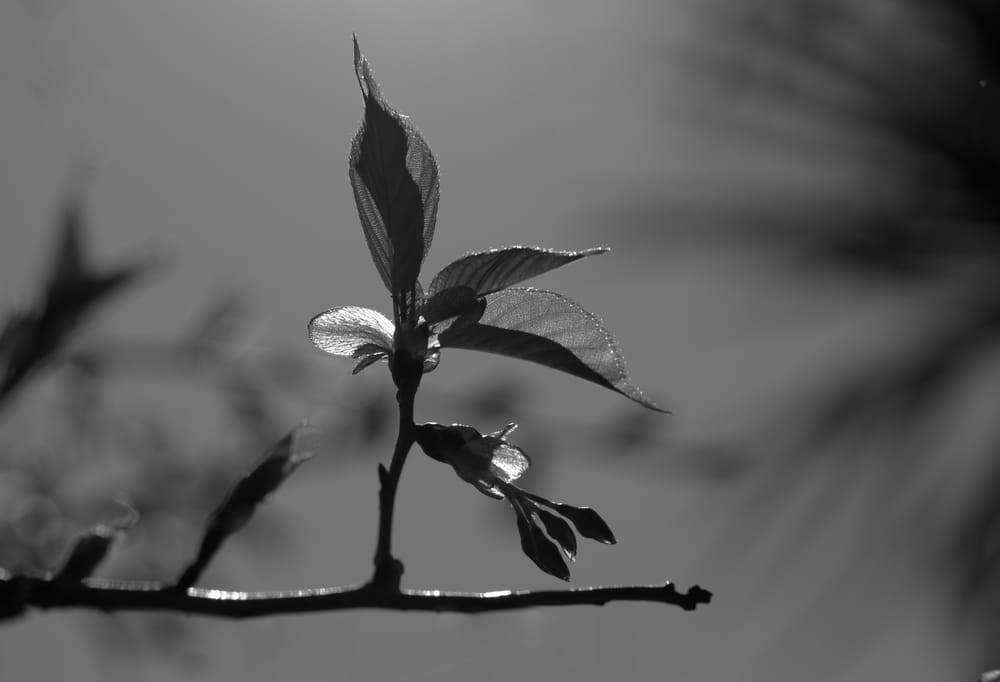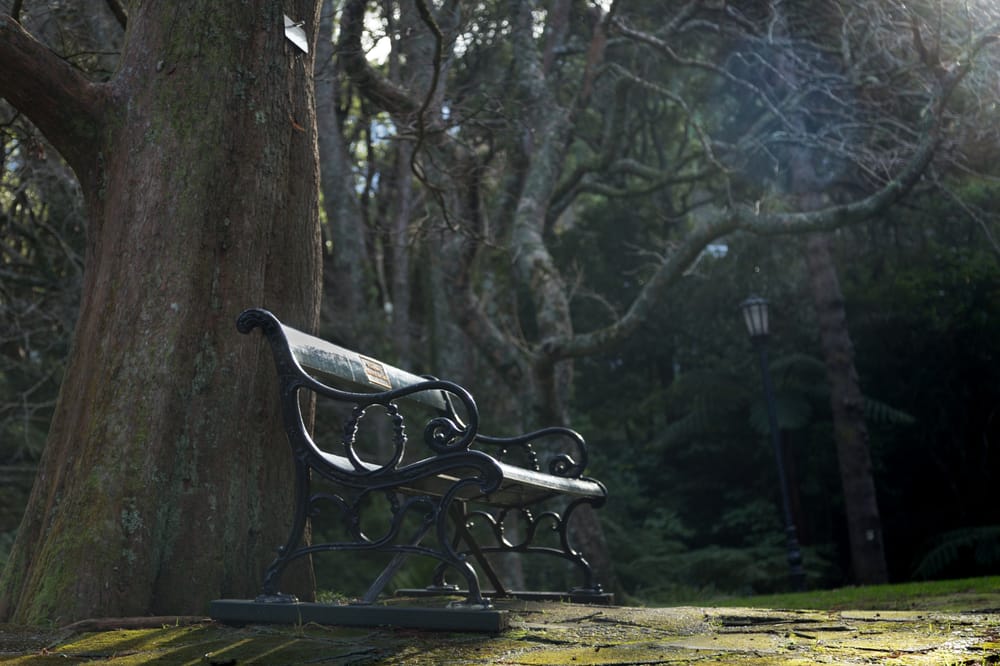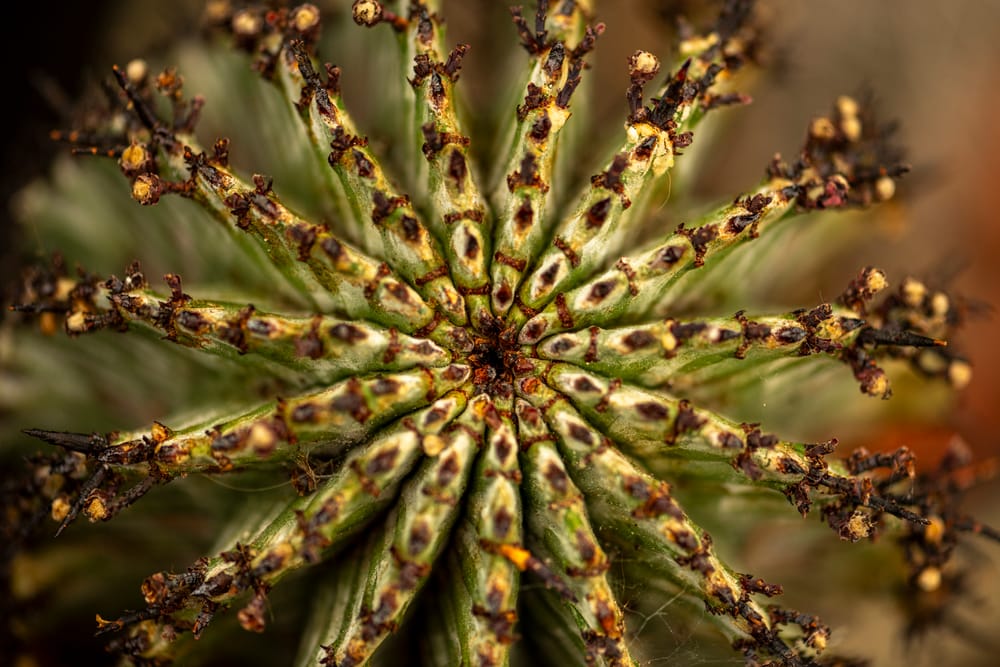While we're busy debating whether AI-generated images have anything to do with photography, deserve to be called "art," or even have their own category, "promptography," we don't seem to have any issues with identifying what is 'photography.' Of course, we know what photography is. Or do we? Does it belong more to art or communication? What about journalism? Science?
In our quest to understand what photography truly represents beyond a mere "creating an image by recording light with a camera", we embarked on a journey back to the early years of photography.
Everyone can take photos
It's a universal truth that anyone can take photos. Professional photographers can, kids can, and even if we handed a camera to a monkey, it would manage to take photos. From a technical standpoint, taking a photo merely requires having a camera. That's the essence of it.
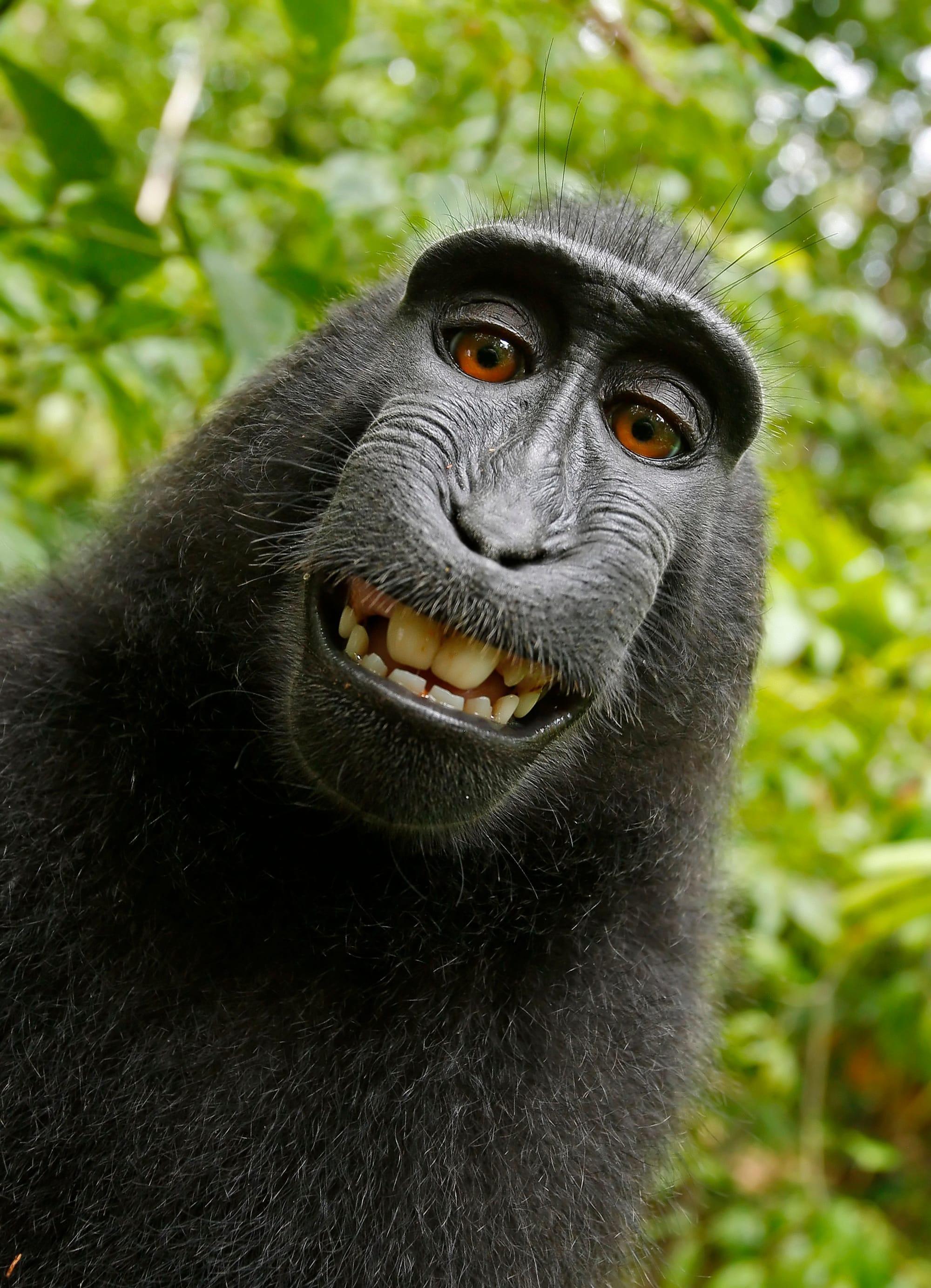
However, when we compare photography to the realm of art, not everyone possesses the capability to create a beautiful painting. Drawing and sketching entail a distinct set of talents, skills, and competencies, setting them apart from photography. Nearly two centuries ago, at the inception of photography, it was considered merely an "important auxiliary to the resources of the artist" and a tool that "came to the aid of pictorial art, much like printing did for literature." It helped extend the reach of art to a broader audience. (Source: 'The Crayon' publication, 1855, Vol I, Issue 11).
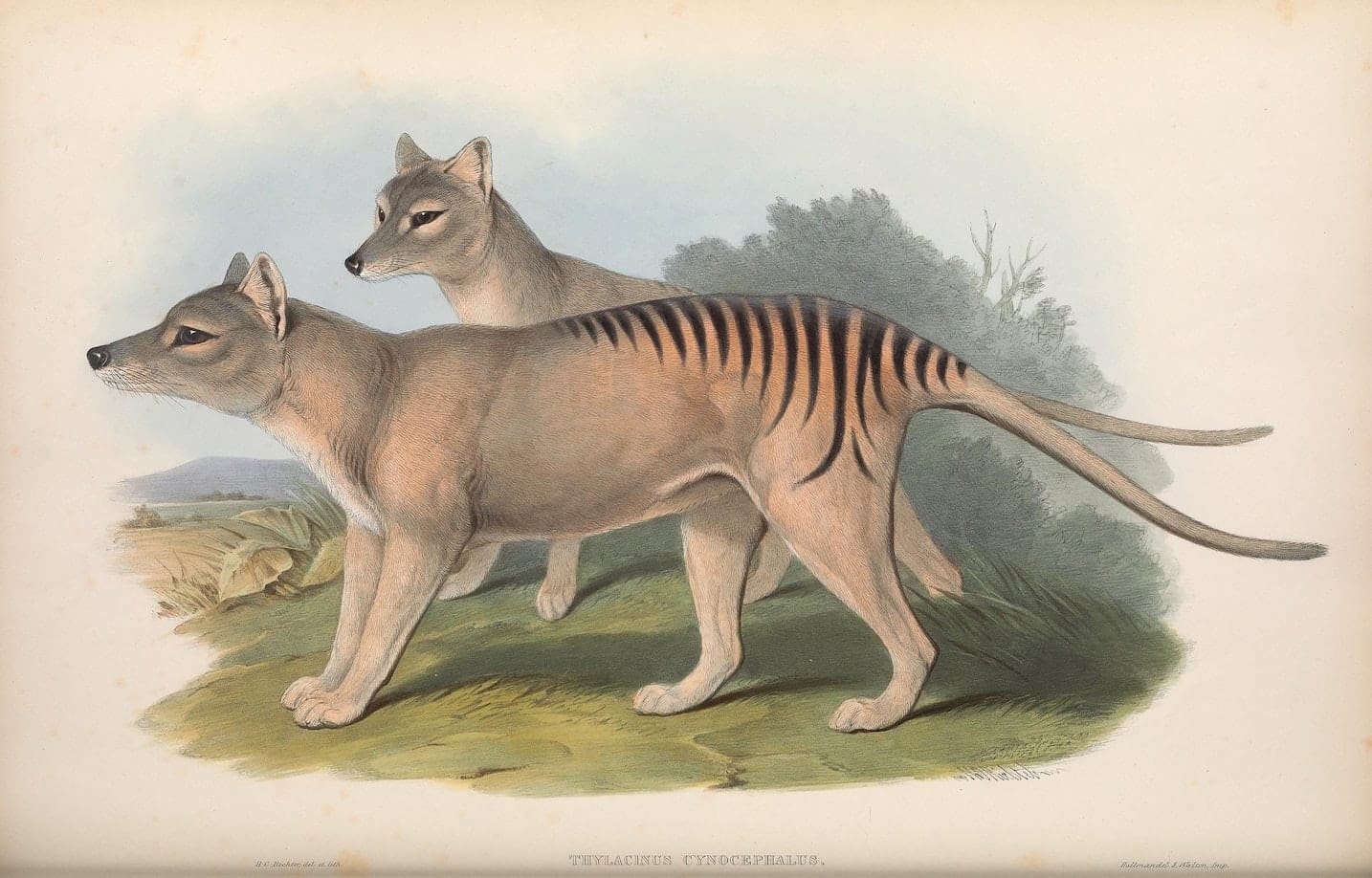
Despite its ongoing evolution, photography could not firmly establish itself as an independent art form because it seemed to lack "something beyond mere mechanism at its core." (The New Path, 1865).
What is art?
Before the advent of photography, the purpose of art was to "be more faithful in representations," and when photography was invented, there was a risk it would take over that niche.
"I have discovered photography. Now I can kill myself. I have nothing else to learn." Pablo Picasso

Photography was "hated by artists, but if so, […] only by those who are unworthy of their calling: an inferior mechanical artist may be jealous of such a rival, since it must compel him to be more faithful in his representations; but the artist with a true genius for his calling welcomes photography as a friend and ally; he will find scope enough beyond the limits of mechanical reproduction for the full play of his genius." (Magazine of Art, 1854)
As artists began shifting their focus from realism in their paintings, photographers became more inclined to bring their artistic vision to photographs. This marked a departure from the basic concept of faithful reproduction.
"In a painting [...] the artist may paint one area in great detail, and barely sketch another, alter contrast and colour composition, or play with the texture of the canvas to shift the center of attention. In other words, the artist influences our natural patterns of visual exploration and decides for us what we should observe in detail and what we should ignore. In so doing, artists load scenes with subjectivity and share with us their specific vision and sensibility, something that goes well beyond the faithful reproduction provided by a standard photograph." (Rodrigo Quian Quiroga, “The Forgetting Machine”)
In the present day, photographers comfortably manipulate focus areas, blur, bokeh, and other techniques to express their unique perspectives and guide viewers' attention. More and more photographers are intentionally infusing their photographs with an artistic touch by combining techniques, mediums, and creating images that transcend the ordinary.
While we cannot simply label photography as art, photography, much like art, serves as a form of expression. It's a medium that transcends language, communicating through emotion.

Severity of truth
In the realm of art, we commonly recognise seven forms: painting, sculpture, literature, architecture, cinema, music, and theatre. Photography has traditionally not been acknowledged as 'art,' except in select cases where photographers and their work attained the status of fine art, fitting into the category of visual art. This distinction is apt, as photography is fundamentally about the "severity of truth." (Magazine of Art, 1854)
As we have seen, photography has historically served to capture reference images for artists, document historical moments, and continues to do so, playing an integral role in science, environmentalism, photojournalism, and various other fields. When words fall short, a photograph speaks volumes.
Photographers who tell honest stories, faithfully capturing reality in its raw form, contributing to scientific progress, raising awareness, and sharing news, are not artists in the traditional sense. Such photography is less concerned with 'art' and rarely employs techniques like bokeh or double exposure, especially when depicting, for example, events and activities, reporting news, or showing daily life in remote corners of the world.

It's a form of expression that classical artists might find challenging to replicate—it's about seizing a fleeting moment, one that vanishes in the blink of an eye.
Is photographer an artist?
To truly grasp what photography is all about, we need to get to know the photographer—the person holding the camera as their creative tool. Those crucial twelve inches behind the camera hold the key to unlocking the art of photography. If photography can't be universally identified as an art form, maybe a photographer is an artist?
In the world of photography, we can divide photographers into two distinct groups: the mechanical and the artistic. As an old Magazine of Art article from 1854 eloquently put it, when two individuals capture the same object, the result can range from utterly uninspiring to profoundly captivating. What makes the difference? It all boils down to the level of artistic vision applied when taking that shot. This principle applies to all genres of photography.

As we fast-forward through two centuries, from the days of film and early digital photography to the revolutions sparked by DSLRs and mirrorless cameras, and now, the era of AI-generated imagery, one thing remains constant: the essence of art resides in the discerning eye of the creator, not in the technology they use.
Photography requires a unique set of skills, a distinct vision, and a talent that sets it apart from traditional art forms. It is far more than just "creating images with light." It's not confined to the boundaries of art nor limited to straightforward representation. Photographs have a special quality that sets them apart from mere pictures, images, or illustrations.
Conclusion
Our firm belief is that photography deserves its own distinct recognition—a field and category in its own right. It's too diverse and expansive to be squeezed into the narrow confines of the 'visual art' label. Photography is a medium that bridges the technical and the artistic, allowing us, photographers, to traverse both realms a s we see fit.
We are photographers—artists in our own right when we choose to be. We're storytellers, capturing moments and emotions in a way that's unique to us.

